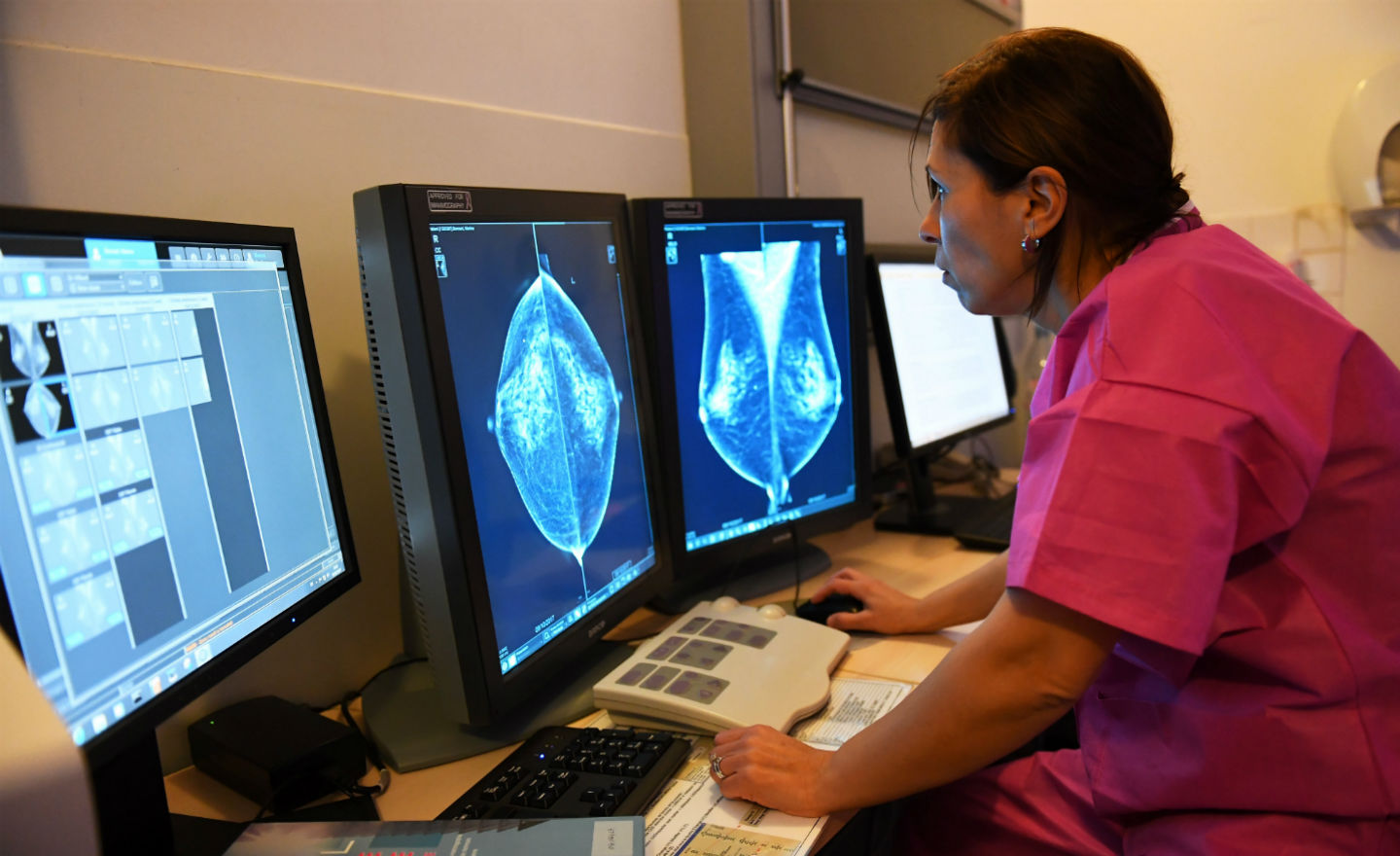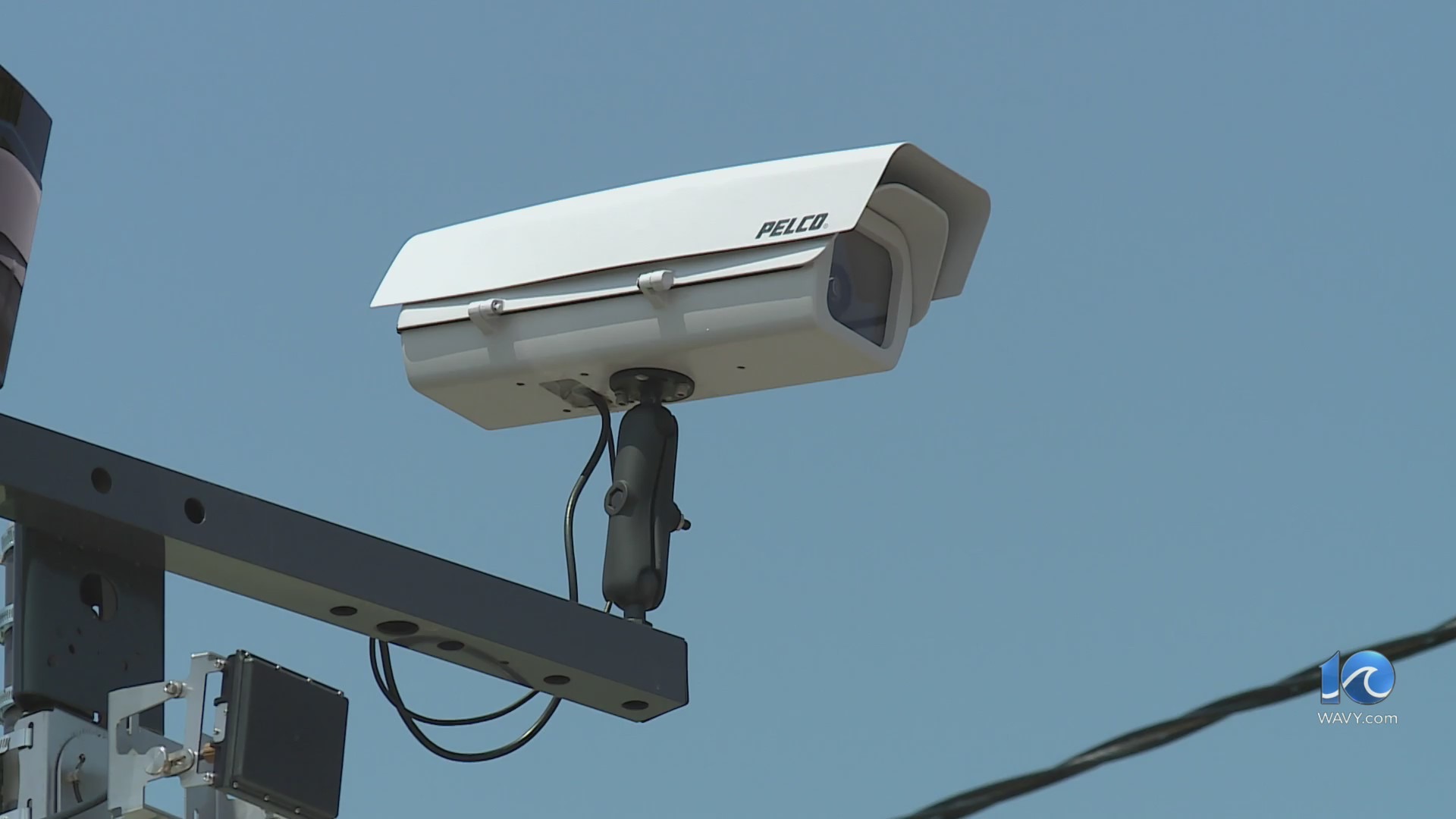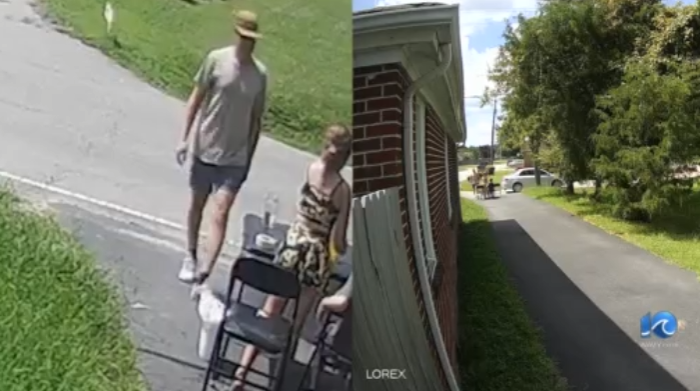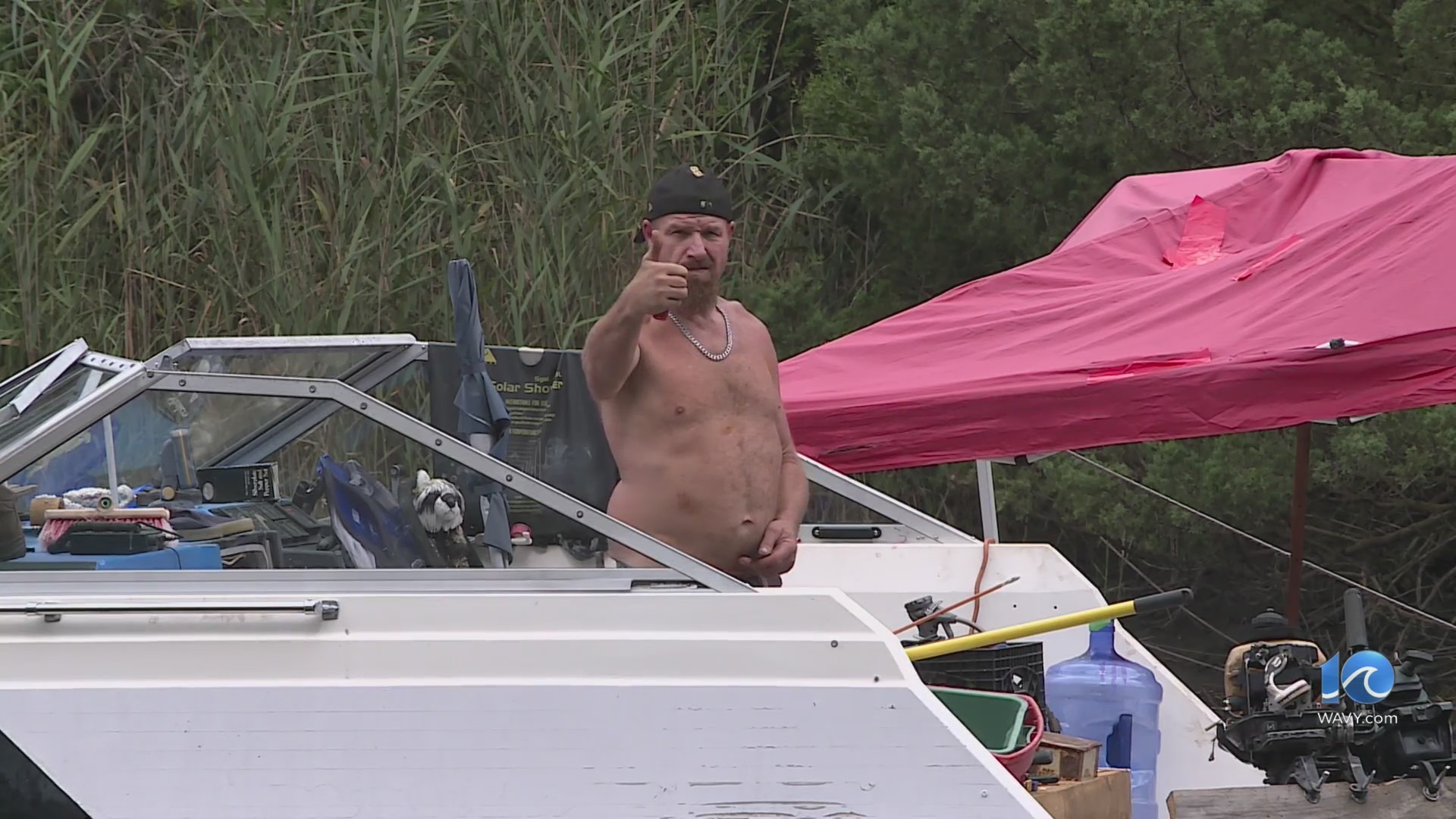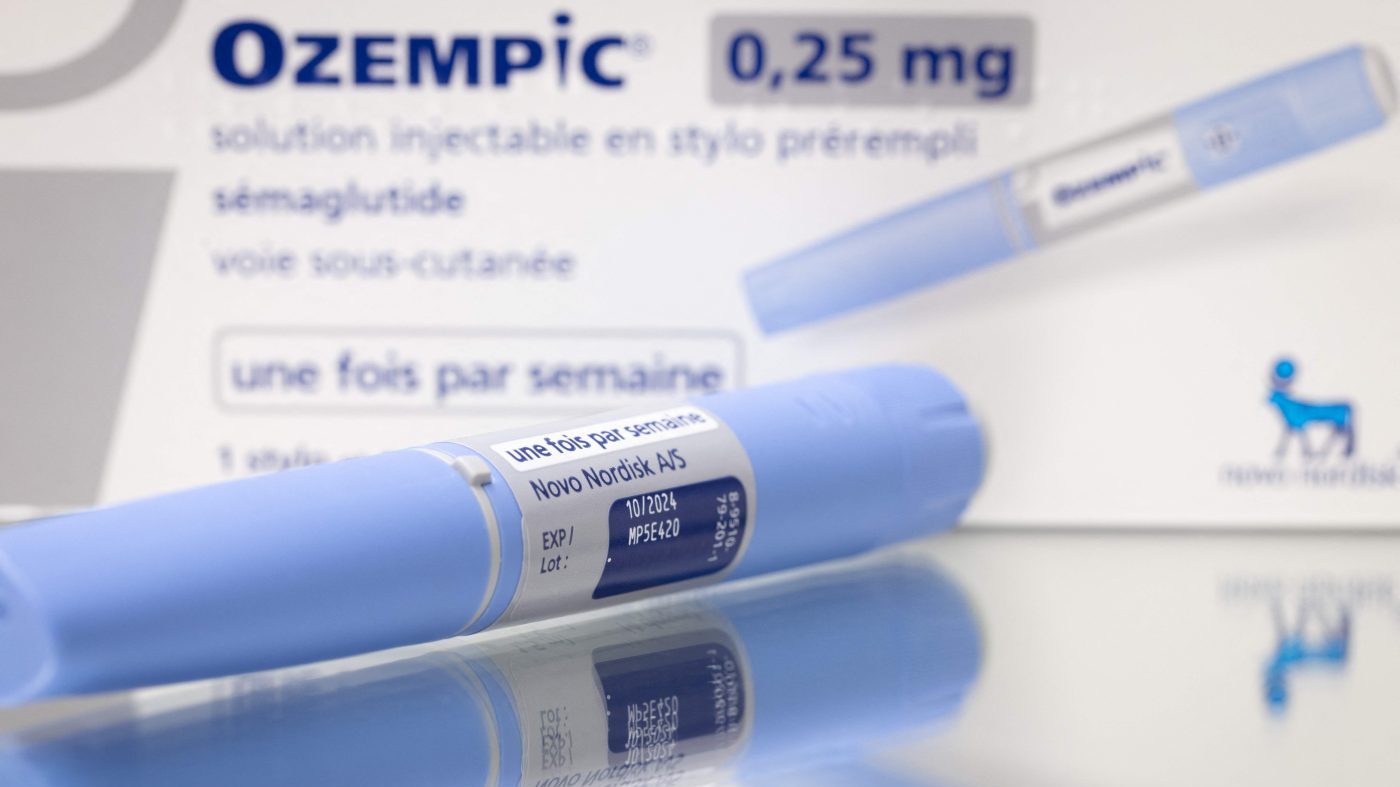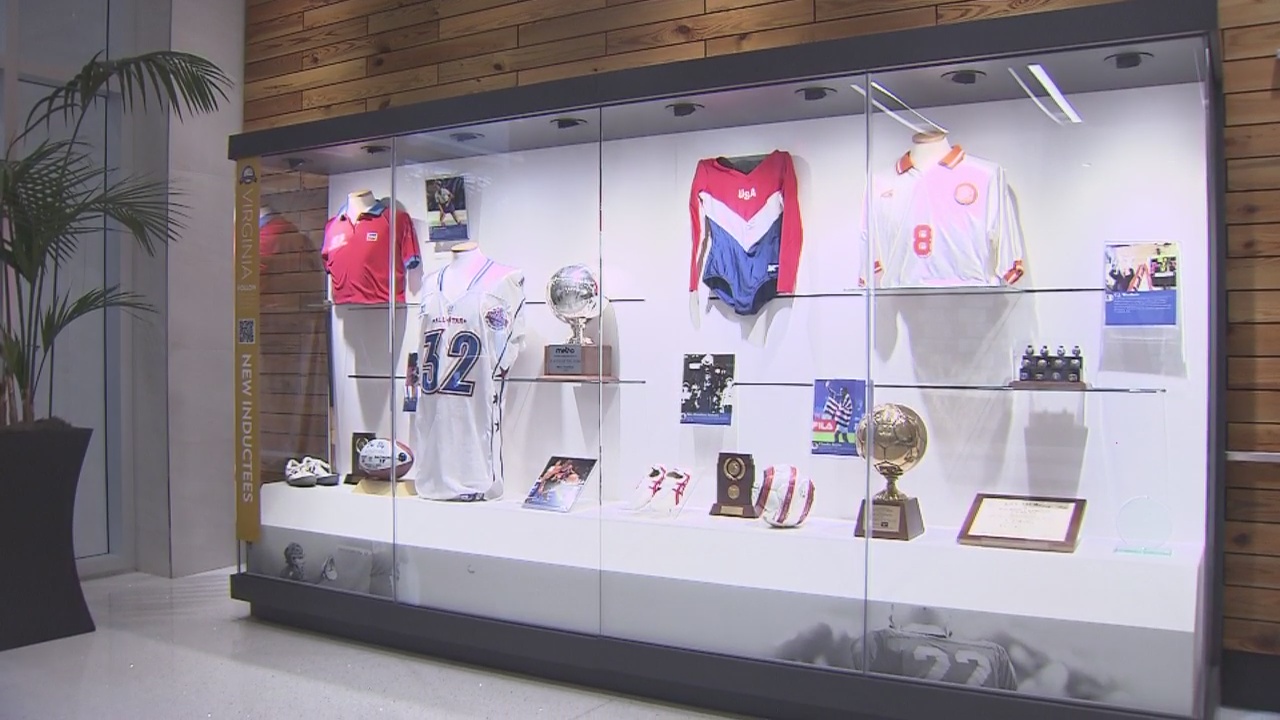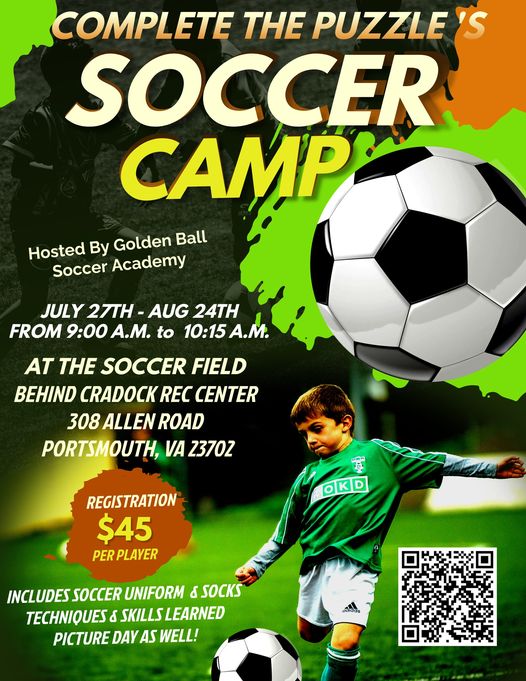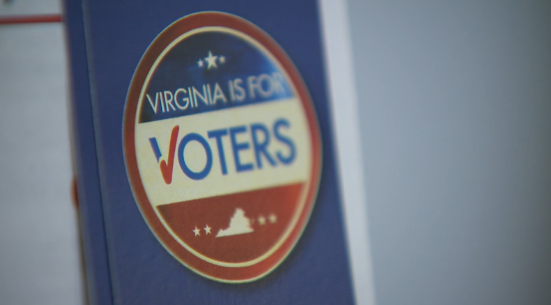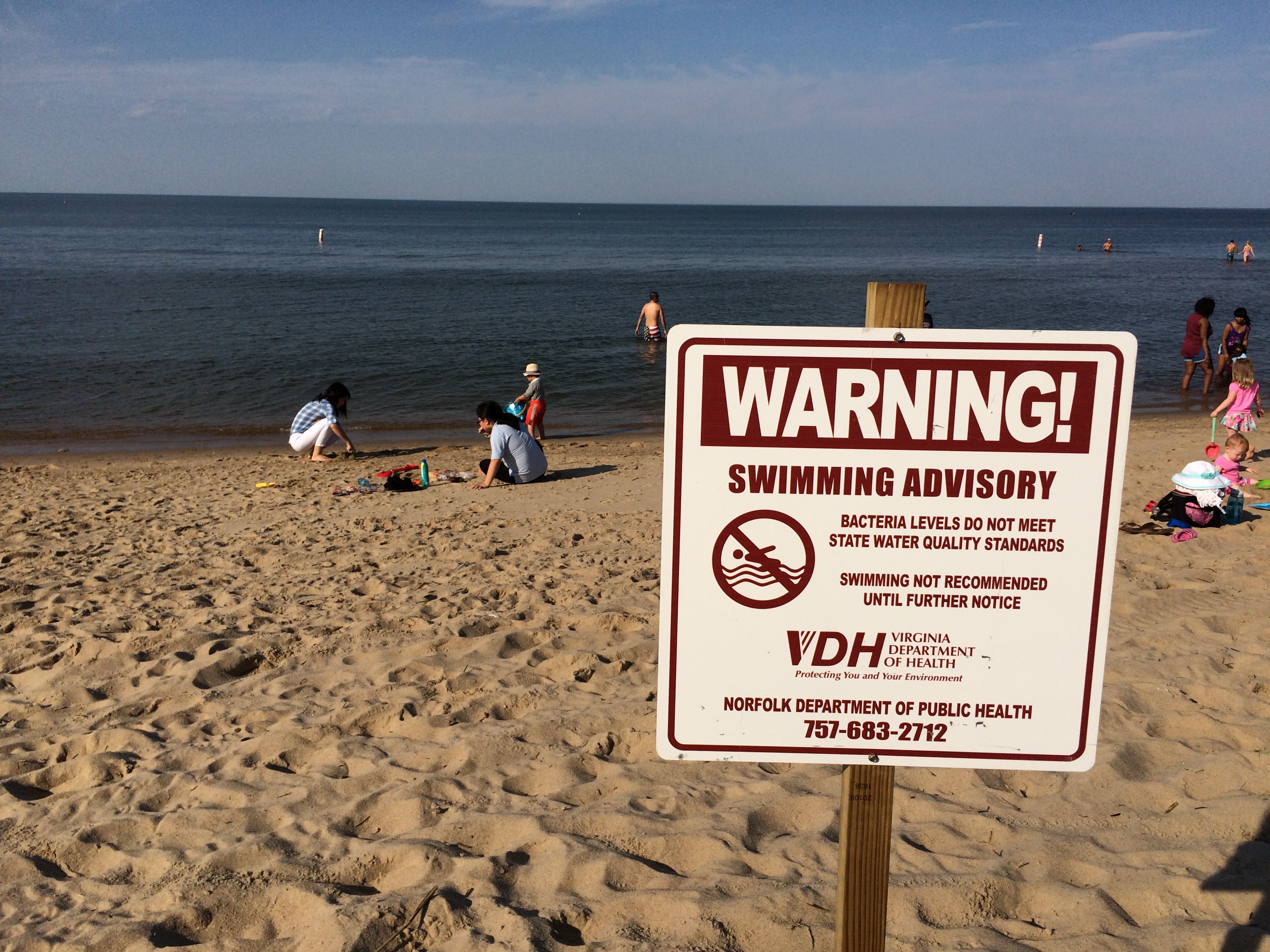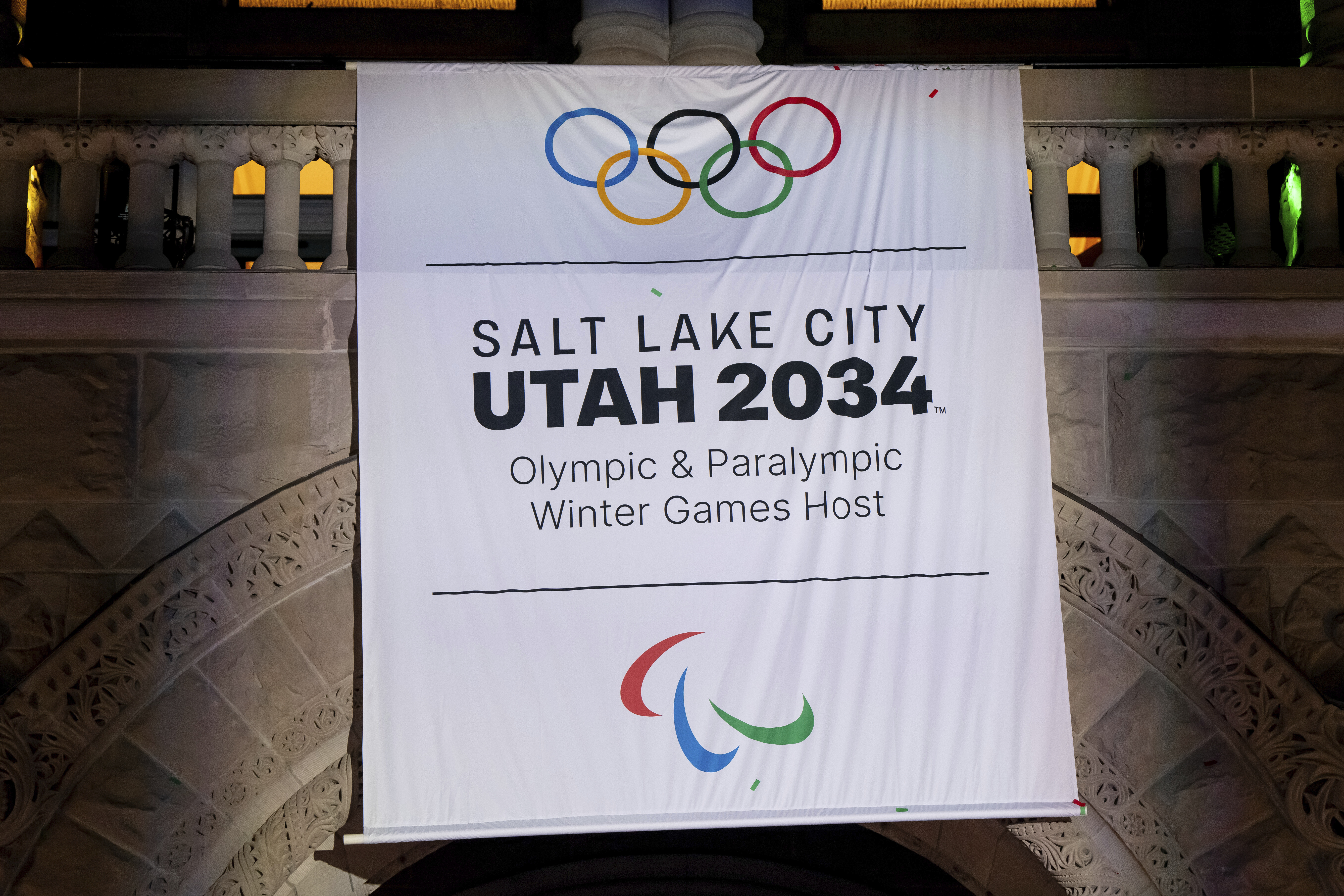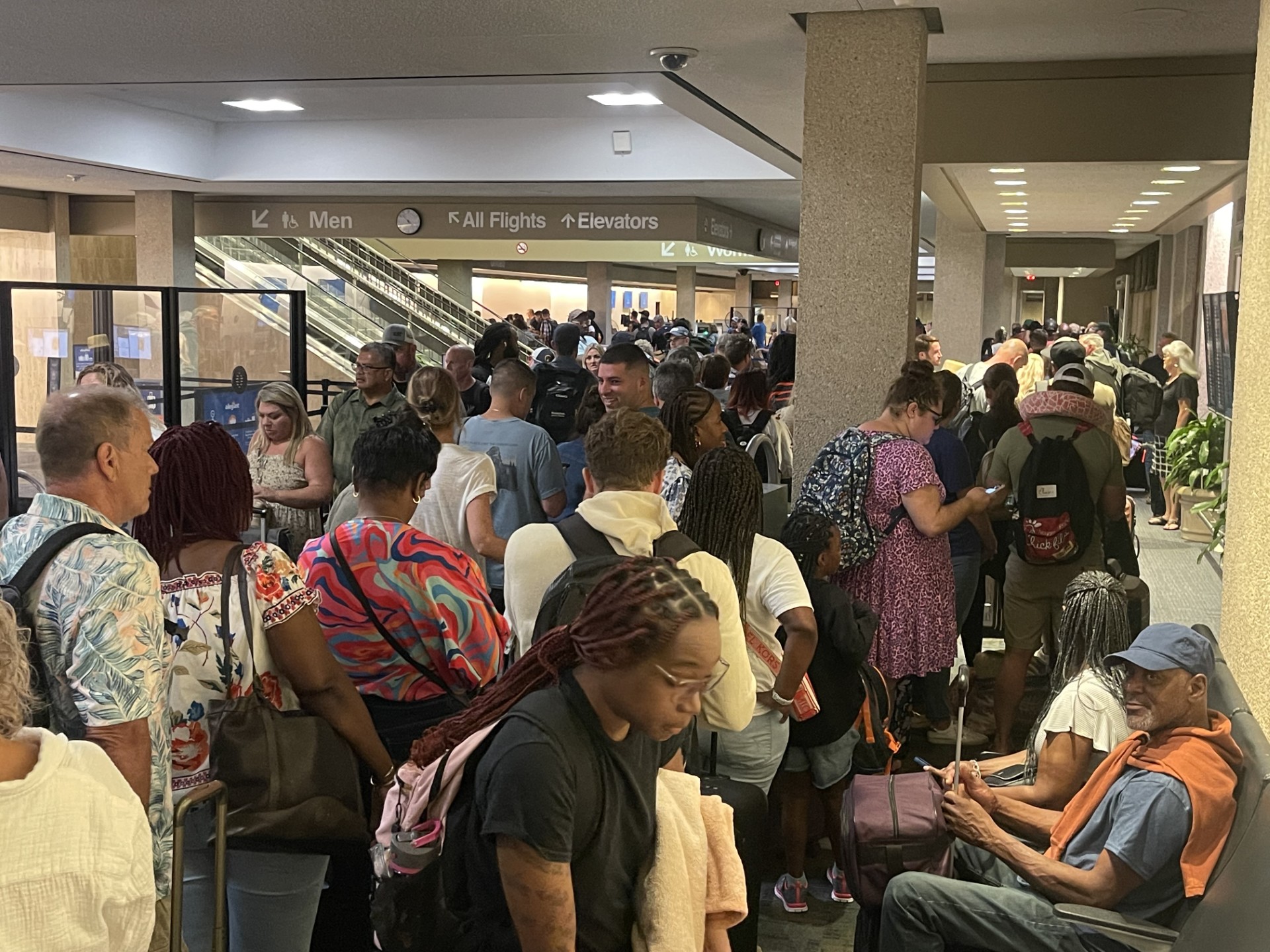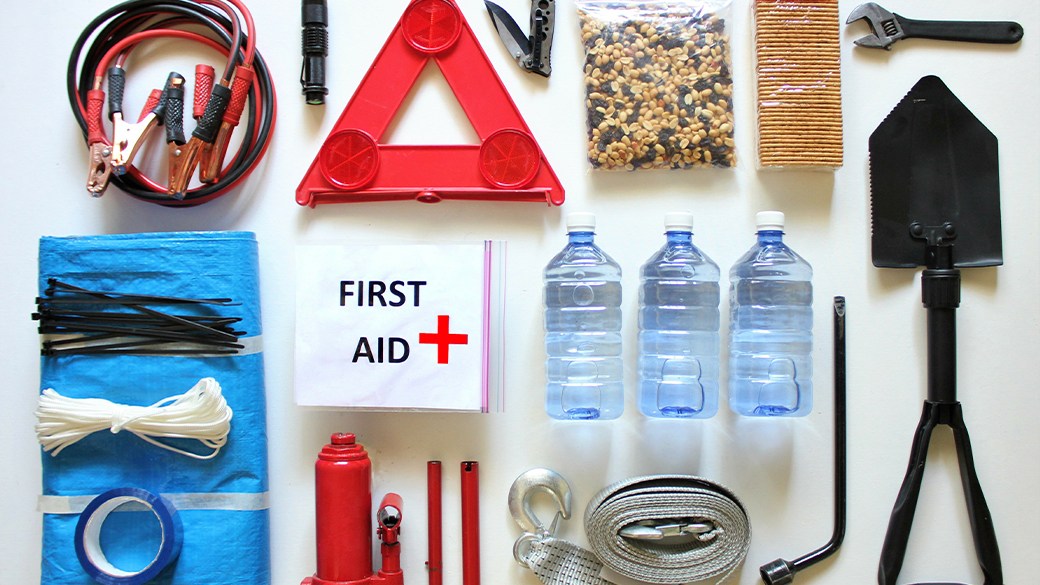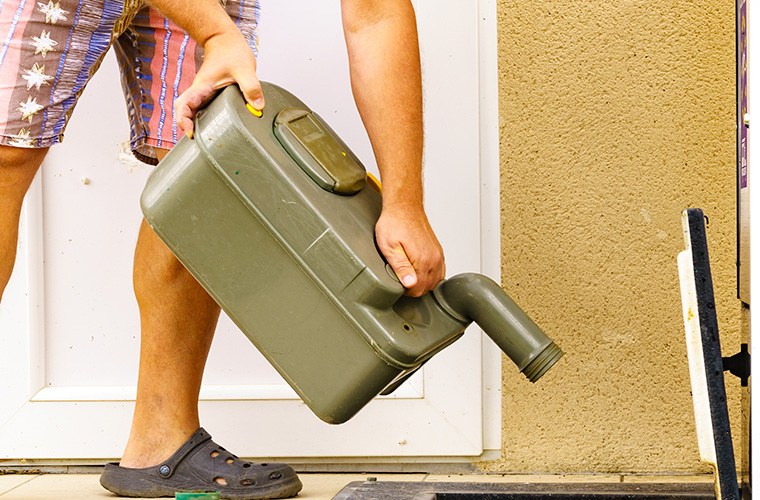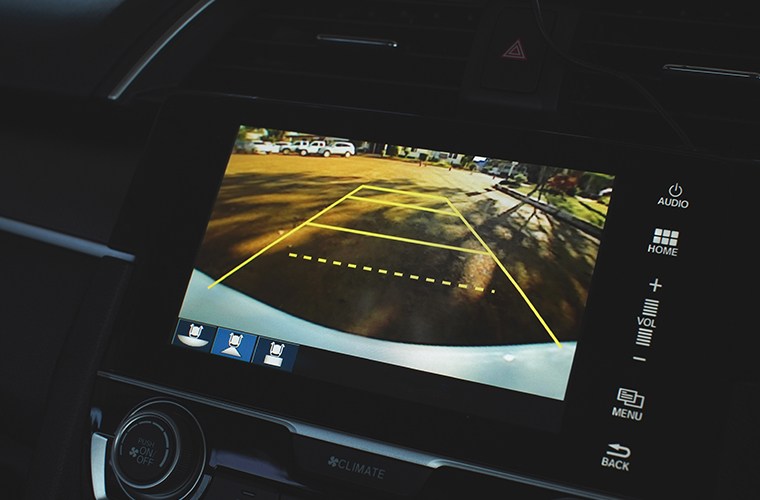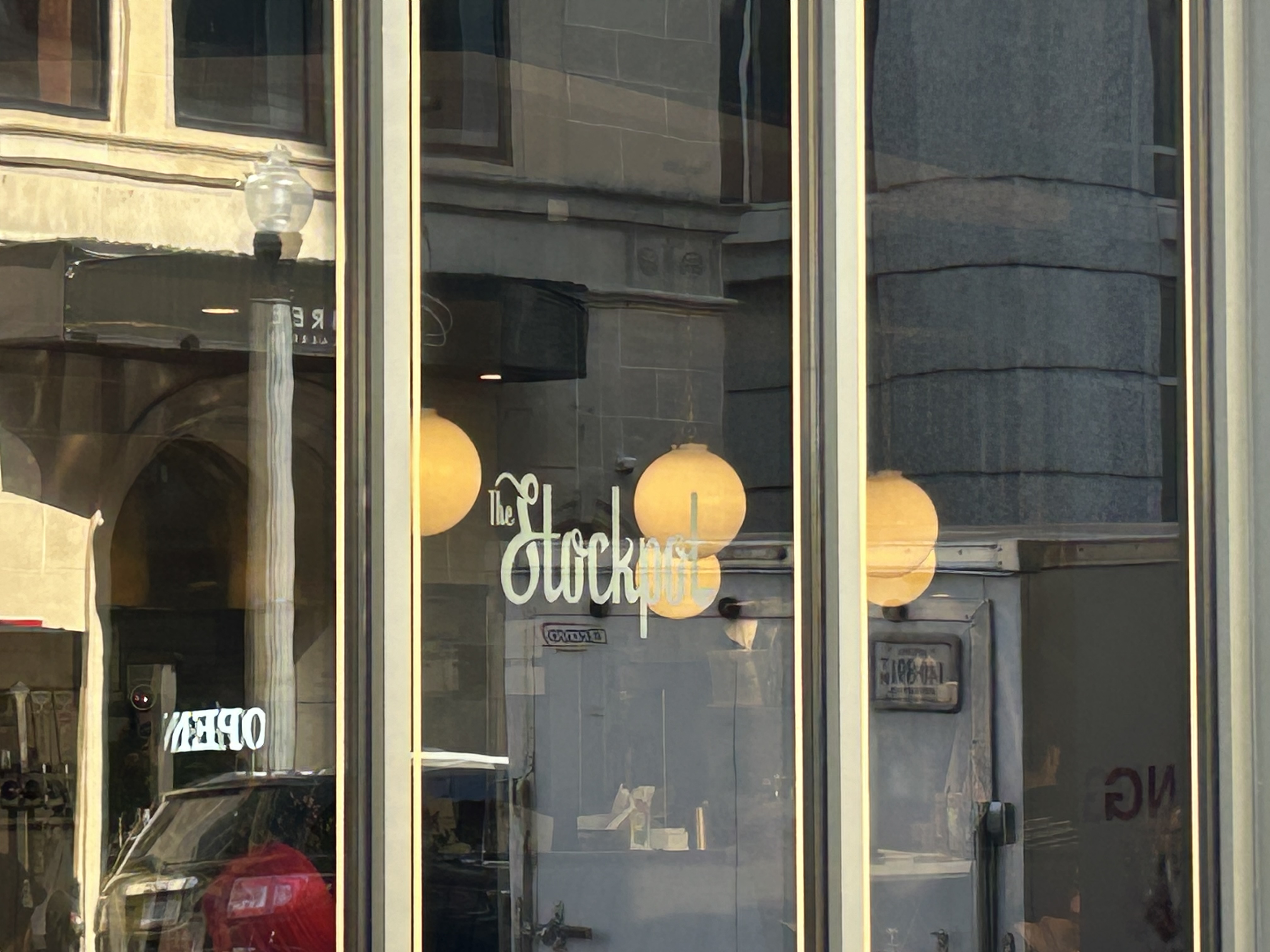RICHMOND, Va. (WRIC) — The Virginia Department of Motor Vehicles (DMV) would like to remind you that “you’re not a duck.”
This message is central to a new, creative campaign the DMV has launched for Pedestrian Safety Month in October. According to a Sept. 24 press release, the department hopes that the “[use of] tiny ducklings to highlight a serious message” will be effective in reducing pedestrian injuries and deaths in Virginia.
“Ducklings are undeniably adorable and naturally command our attention, but people crossing the street deserve just as much of our focus,” said DMV commissioner Gerald Lackey, the Governor’s highway safety representative, in the release. “Our campaign is designed to make this comparison stick in a fun and memorable way.”

As of Sept. 23, there have been 1,165 pedestrian-involved crashes in Virginia in 2024, according to data from Virginia’s Traffic Records Electronic Data System (TREDS). Those crashes have resulted in 89 deaths and 1,454 injuries.
In that same period of 2023, there were 1,128 crashes, with 103 deaths and 1,347 injuries reported — meaning Virginia has seen a slight improvement to such statistics in 2024.
“By drawing further attention to pedestrian safety, the new campaign hopes to continue the downward trend in pedestrian deaths,” the DMV said.
The “You’re Not A Duck” campaign will be shared throughout Virginia through the middle of October, according to the DMV. You’ll be able to catch it on TV, social and digital media platforms, the radio, billboards, buses and at community events.
(Video: Virginia DMV)
The DMV provided two lists of tips for the safe sharing of Virginia roadways — one for pedestrians and one for drivers.
Here’s what drivers can do to help keep pedestrians safe on Virginia roadways:
- Look out for pedestrians everywhere, at all times
- Use extra caution when driving in hard-to-see conditions, such as nighttime or bad weather.
- Slow down and be prepared to stop when turning or otherwise entering a crosswalk. Yield to pedestrians in crosswalks and stop well back from the crosswalk to give other vehicles an opportunity to see the crossing pedestrians so they can stop, too
- Never pass vehicles stopped at a crosswalk. There may be people crossing where you can’t see
- Never drive under the influence of alcohol and/or drugs
- Follow the speed limit, especially around people on the street, in school zones and in neighborhoods where children are present
- Be extra cautious when backing up and look for pedestrians
And here’s what pedestrians can do to help keep themselves safe:
- Be predictable, follow the rules of the road and obey signs and signals
- Plan a route with safe crossings
- Avoid distractions, alcohol and drugs, and be alert
- Dress to be seen, but never assume drivers see you — wear reflective clothing and carry a blinking light or flashlight at night
- Walk on sidewalks facing traffic. If there’s no sidewalk, walk facing traffic and as far from traffic as possible
- Watch for cars backing up, especially in parking lots and driveways
- Cross at crosswalks or intersections – where drivers expect pedestrians. While crossing, look for cars in all directions, including those turning left or right and make eye contact with turning drivers before proceeding when possible
- Turning vehicles can be especially dangerous at intersections. If there is no crosswalk or intersection, go to a well-lit area with the best view of traffic, wait until there is enough time to cross safely and continue to watch for traffic while crossing
“Let’s make our roads safer by giving pedestrians the attention they deserve, just like we do for those little ducks,” Lackey said. “And, as pedestrians, we must always protect ourselves first by ensuring drivers see us before we cross the street.”













































































